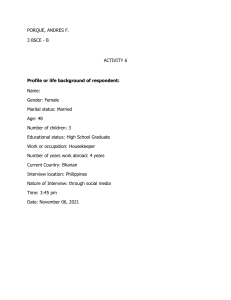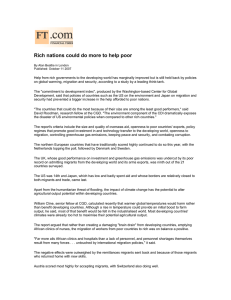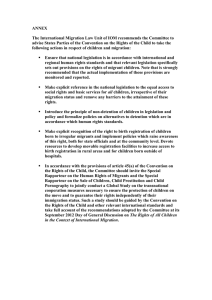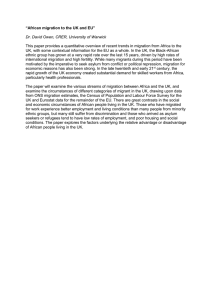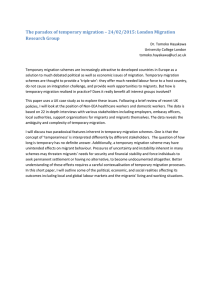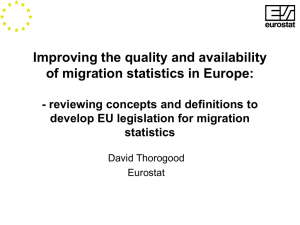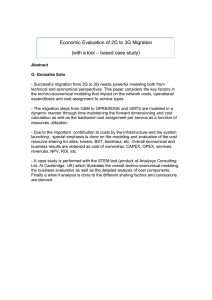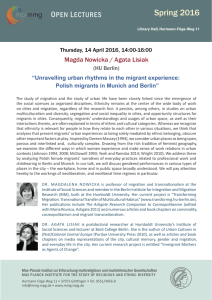Sex, Gender, and Culture
advertisement
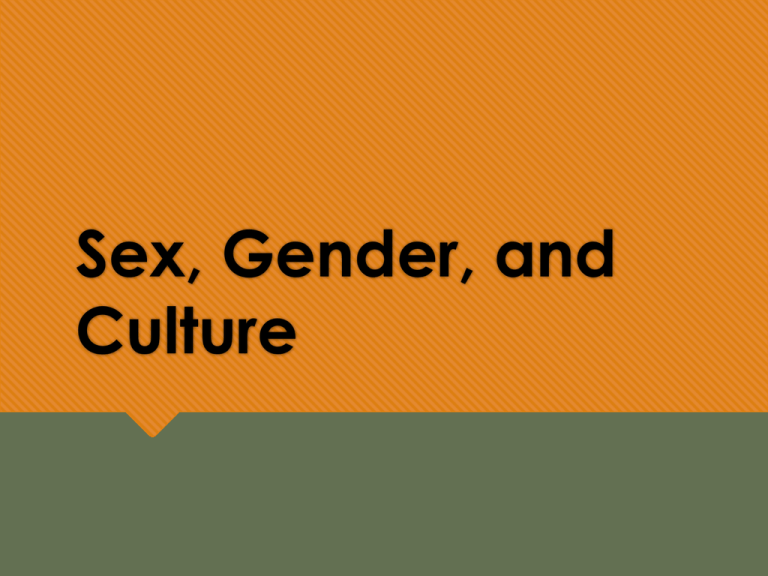
Sex, Gender, and Culture Learning Objectives Distinguish between developed and developing nations. Describe the different developmental approaches and how they have influenced women. Identify reasons for women’s migration. Demonstrate an understanding of the assigned readings by critically analyzing the main arguments. What is Development? Development is the process of becoming “modernized” and “globalized” Designation of a country as developed, developing, or underdeveloped (along with other terms) depends on which organization (WTO, UN, IMF) is categorizing them. Terms from the UN Development Program webpage Development Terminology Often Economic Basis for designation: Developing nation – non-industrialized nation Note: may also be called ‘third world’ Developed nation – industrialized and market based Feminism and Development Invisibility of women in economic development policies Criticisms of traditional programs 1. 2. 3. 4. Ex: ____________________ Miller, 2010, Cultural Anthropology in a Globalizing World African woman signs for credit Welfare Approach to Development Targets women as mothers Encourages Western _____________ Ex: _____________________________ Vs. Women in Development Approach Top-down approach Women not consulted, empowered Types of WID projects 1. 2. 3. 4. Ex: _______________________ Jaquette & Staudt, 2006, Women, Gender, and Development Gender and Development Approach Bottom-up approach Difficult to implement Gender mainstreaming Ex: ______________ ‘Washing Machines Make Lazy Women’ Housing in Soweto, South Africa How do washing machines connect to gender identity? How has the washing machine become a symbol to reinforce gender roles? Material culture and gender: Where you surprised by this connection? Women and Migration: Feminization of Migration Problems faced by migrant women are compounded by their being both women and migrants Can you think of some unique problems faced by women? Migration and Women: Gulf States Female migrants workers continue to increase in % within the Gulf Cooperation Council (GCC) Since 1995, ________________________________________ Saudi Arabia: ____________________________________ ___________________________________(Chammarti n, 2005, para. 6) Migration and Women – Somali Since early 1990s, women have fled ___________ Many remain in ______________in other African countries USA (OH, MN), Canada, Europe, Australia Differences between _________________________ Influence of ___________________________ Opportunities in other countries_________ __________________________________(Gundel, 2002) Assigned Reading 1. What is meant by colonial feminism? 2. What is the American perception of the burqa and how does that differ from the way women who wear the garment perceive its meaning? 3. How do the concepts of ethnocentrism and cultural relativism relate to Abu-Lughod's argument?

